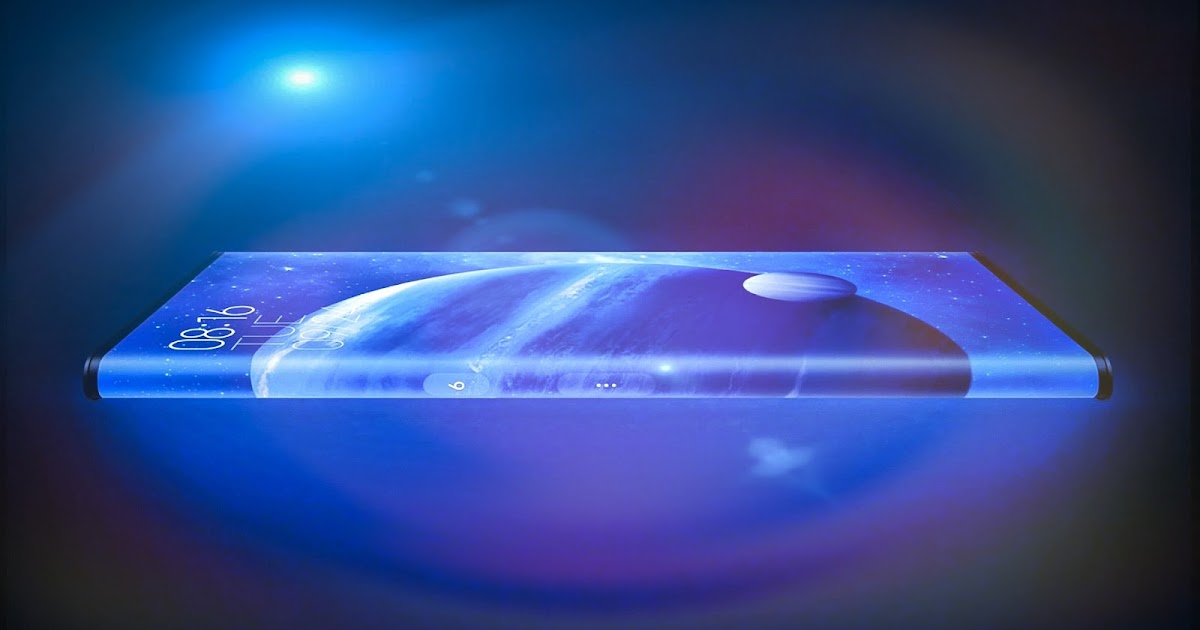
The rear side is made entirely of glass, and its sides curve at almost exactly the same angle as the front curved display. However, the back panel is the real difference maker. It takes many design cues from the GS7 edge, and from the front it looks much like Samsung’s previous generation GS6 edge+. The Galaxy Note7 is Samsung’s best-looking mobile phone ever. And it would have been nice to see some Note- or S-Pen-specific edge features instead of the same exact functionality as the GS7 edge. However, the smooth, curved display can make the device feel somewhat slippery in hand, especially if you’re not used to such a curvy phone. The edge screen features are a useful edition to the Note family. For example, you could place a 1×1 widget from a Twitter app on the edge screen and use it to go directly to the new tweet function, instead of using the app’s icon to open it and then navigate to the appropriate page. You can also place app widgets from third-parties on the apps edge to trigger certain functions. You can slide a thumb from the outside of the screen in to pull up an edge panel, which lets you view two side-by-side columns of apps or contacts. The curved displays on Samsung’s phones are designed to provide quick access to information, apps and contacts. The new Note7 phone’s display is curved, just like the GS7 edge, and it has the same set of edge features. That would block the use of the secure folder, because the device can’t run a secure container within another container. IT departments cannot disable this secure folder, but security-conscious organizations could choose to run the Note7 in “container only” mode, according to Samsung. You can also choose to hide the secure folder, so the only way it can be accessed is by drilling down into the secure folder settings. It’s essentially a more consumer-friendly version of Samsung’s My Knox personal container feature. The new Note also has a new “secure folder” feature that lets you create a locked “container” on your phones that can’t be accessed without authentication. However, the feature can be disabled via MDM policies if a company wants to block the iris scanner. From an IT perspective, Samsung says organizations shouldn’t hesitate to use the iris scanner, because it adds an extra layer of security. Samsung says the iris scan is an even more secure biometric than a fingerprint, because it’s a more complex reading and harder to fake. I wasn’t able to test the feature myself, but the Samsung representative who demoed it had no problems repeatedly unlocking his Note7 with an iris scan. To unlock your phone with an iris, you simply swipe a finger to trigger the IR camera, then quickly stare at a blinking red light. You walk through a quick tutorial to scan and store your iris information, which is kept in the same secure element as fingerprint scans. Power button a few more times during the day.The iris scanner works similarly to the fingerprint reader.

Regardless, it's a welcomed feature that may save you from hitting the You can actually interact with, without fully waking up the phone. Nexus 6P's quick glance implementation, which include notifications that However, this feature with the GS7 and GS7Įdge is more limited versus say the Moto X Pure Edition or Google Samsung claims the display uses onlyĪbout 5% battery life over an 8 - 10 hour day, so it's a nice feature to On display setting that allows you to show the time, date, calendar and New addition is that both the Galaxy S7 and S7 Edge now have an always The Always On Display That's A Little SparseAnother Finally, the optics are also new here with both front and rear facing cameras sporting f1.7 apertures for excellent low light response. The results are impressive and definitely a boon for smartphone camera photography (results on the forthcoming pages) where spur of the moment shots are like mini life documentaries these days. Only a small fraction of pixels on Samsung's previous-gen sensors could be used for phase detection.


Every pixel in the new sensors can be used in the phase detection process, which can help improve and speed-up auto-focus.
#SCREEN WRAP GS7 UPGRADE#
Samsung saw fit to upgrade the camera sensor on these new phones, now opting for a 12 megapixel shooter with a super fast auto-focusing capability thanks to what Samsung calls "dual pixel technology," which is basically an advanced phase detection mechanism.


 0 kommentar(er)
0 kommentar(er)
